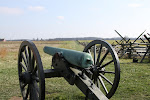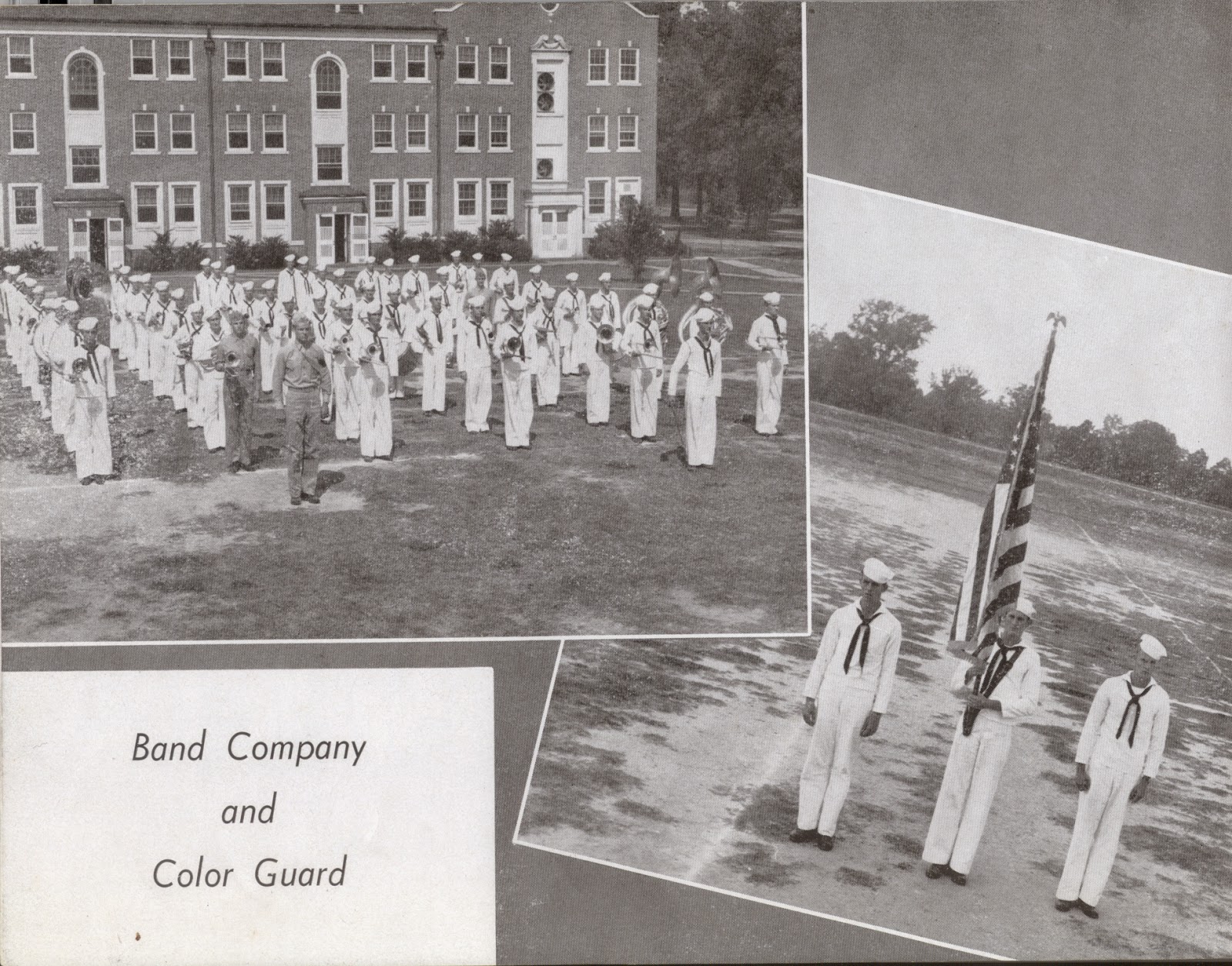World War II turned collegiate athletics upside down as young men swapped athletic uniforms for military ones, joining the service to fight in North Africa, Europe and the Pacific.
Louisiana Tech was not immune. Student athletes who would have been playing college football instead were serving their country, forcing Bulldog football to be discontinued during the 1943 season. Professors were joining the cause as well while coeds were signing up with the Red Cross, the WACs—Women’s Army Corps—and the Navy WAVES—Women Accepted for Volunteer Emergency Service.
 |
| V-12 sailors and Marines and other students leaving chapel, Louisiana Tech, 1944 |
Legendary Bulldog head coach Joe Aillet even changed roles in 1943 as the University put football on the backburner as the flames of war spread across the globe. Aillet did his
part by commanding the local state guard unit and assisting the USO in entertaining troops stationed locally with films of old college games.
As war progressed, enrollment at Tech and other Louisiana colleges plummeted. In January 1943, the State Board of Education voted to discontinue collegiate athletics. Gasoline rationing and the lack of athletes created difficulties in fielding teams and traveling for games.
The nation—the world—was engrossed in the war.
With the need for tens of thousands of new officers to command the growing Navy and Marine Corps, the U.S. Navy created the V-12 Officer Training Course to provide a college education to prospective naval officers. Prior to World War II, most Navy and Marine officers were produced by the military academy at Annapolis, Maryland. However, drastic times called for drastic measures.
The Tech campus was one of over 100 colleges across the country designated as training sites for Naval officers. Hundreds of young men from across the country came to Ruston to partake in a combination of traditional college courses, military training and physical conditioning. They were enrolled in classes right alongside Tech students.
Athletics were reinstated at Louisiana colleges late in 1943 because V-12 training required it. Stipulations included requirements that events had to be limited to a reasonable minimum, students could not be away from campus more than 48 hours, and use of rubber tires and gasoline for transportation required Office of Price Administration approval in advance.
Many of the V-12 men suited up for the Louisiana Tech football team in 1944. Under Coach Aillet, the Bulldogs recorded a 3-5-1 record with wins over UL-Lafayette, Northwestern State and the Marine OCS in New Orleans.
However, the number of marks in the win column really didn’t matter. Football served as a much-needed diversion from the tragedies that were taking place in the air over France and on the seas in the South Pacific.
After the war, many participants in the Tech V-12 program rose to great heights, including a future Navy admiral, Robert L. Baker, Army General LaVern E. Weber, scores of successful businessmen and even professional football players.
Among the players on the 1944 team was Cloyce Box, who would become a two-time Pro Bowl selection with the Detroit Lions, winning the NFL Championship twice. Box, who left the Lions at one point to fight as a Marine officer in Korea, became a millionaire oilman in Texas and his ranch was the location for the first season of the TV show “Dallas.”
 |
| Cloyce Box |
Not only did men like Box help keep the Louisiana Tech football team afloat during a time that so many men and women were called away from the University to serve, but the V-12 program literally kept Tech in operation with an influx of military dollars to replace those that were lost by the drop in enrollment.
For many years, the Marine component of the Tech V-12 program held annual reunions, returning at times to Ruston and Louisiana Tech to reminisce. Some never made it back, however. Nearly 2,000 Tech students and alumni served in World War II with 86 killed in combat, including members of the V-12 group.















No comments:
Post a Comment